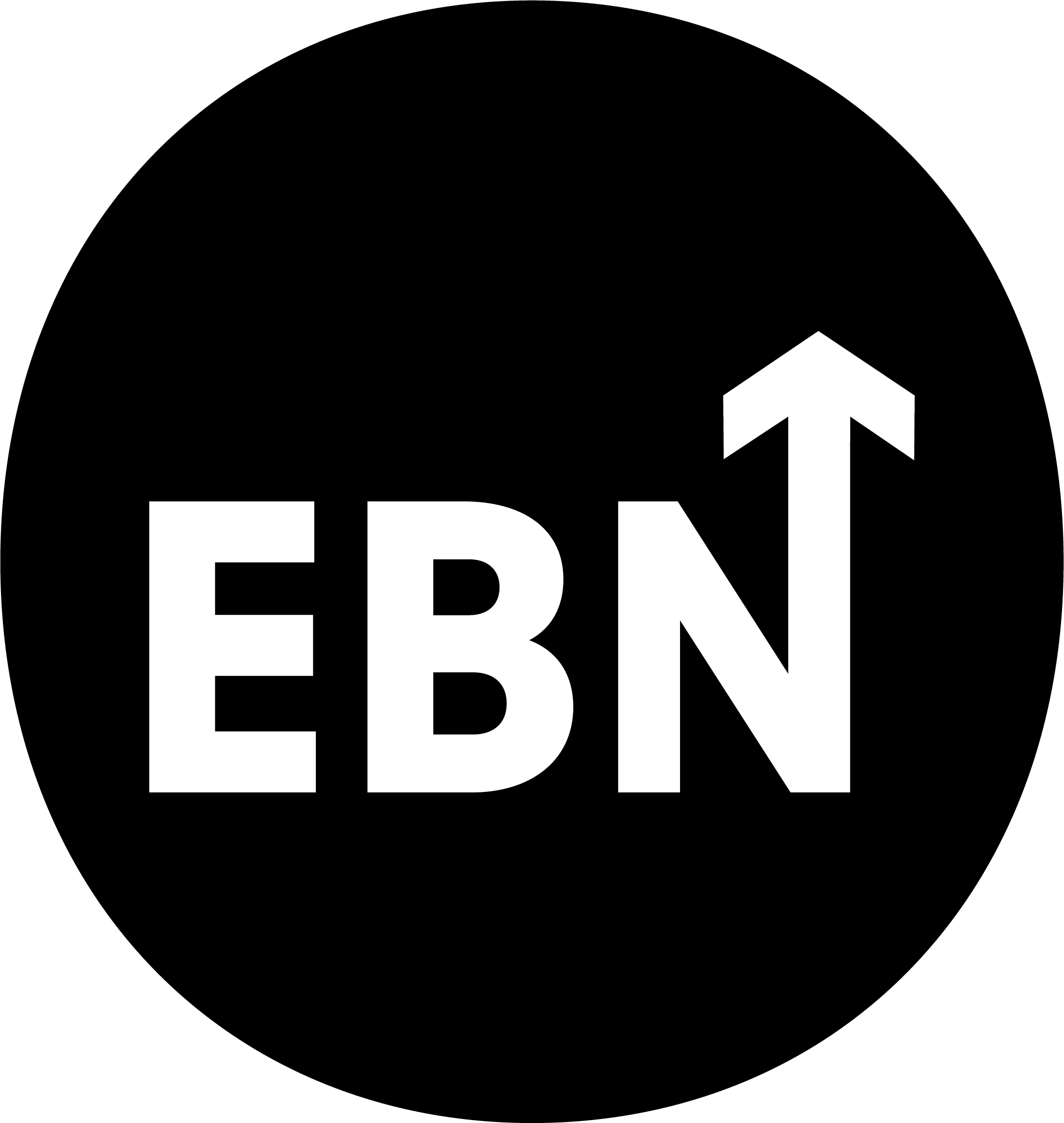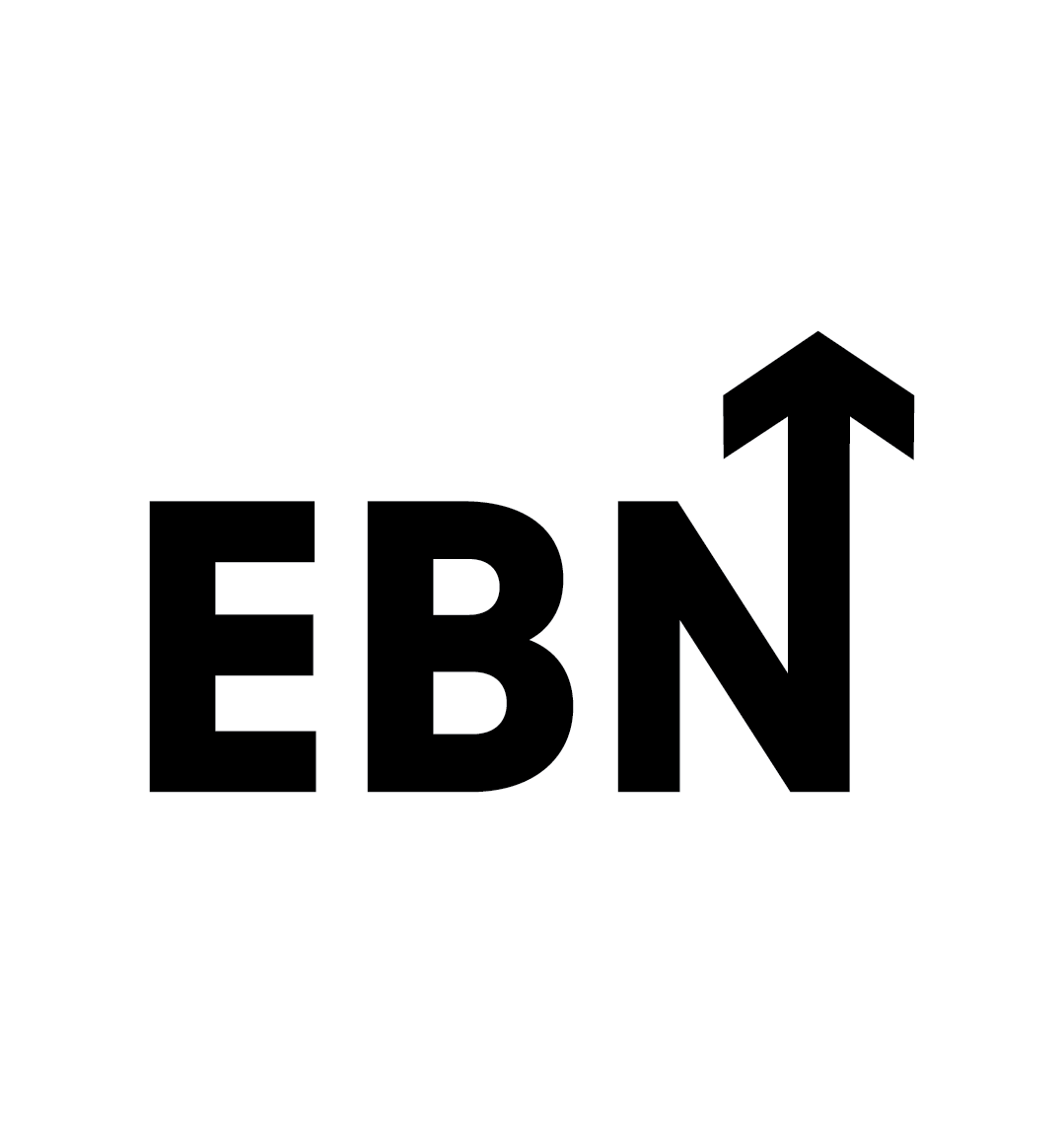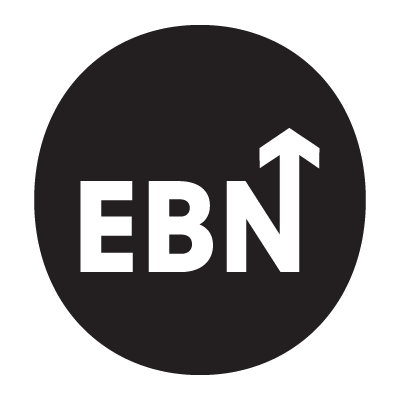The phrase “Employer Value Proposition” (EVP) sounds exciting in theory, an opportunity to define what sets your company apart from the competition and attract the right talent. But in practice, the process often fizzles out before it even gets going, strangled by senior leadership’s fear of being too bold, too different, or simply saying too much.
This conservatism turns what should be a dynamic, inspiring process into a box-ticking exercise that results in the same old tired narratives about “collaborative work environments” and “growth opportunities.”
Momentum isn’t always progress, especially when you always end up back where you started.
Fathom helps you escape the loop. With insight, not intuition.
Let’s be clear: the point of an EVP is to stand out, to be a beacon that signals to the right talent, “This is the place for you.” But when leadership insists on playing it safe, the message becomes so diluted it blends into the background. The result? Yet another brand lost in a sea of beige.
Take it from someone who’s been involved in over a hundred EVP development projects, this is the norm, not the exception. My colleagues and I know full well that the most exciting, bold, and unique version of an EVP will, at first, get the project team really pumped!! Then, only moments later, when they remember this must go through senior leadership, do the smiles turn upside-down. In these situations, we all know what’s going to happen.
Playing it Safe: The Silent Killer of Employer Brands
The problem often starts at the top. Senior leaders, with their decades of experience and risk-averse instincts, are naturally wary of anything that feels too different or disruptive. They worry about upsetting the apple cart, being perceived as too edgy, or alienating certain candidates or stakeholders. In a corporate world built on stability and predictability, pushing the envelope feels risky. Normally, who’d blame them for this? It’s probable that this careful stewardship is what got their company as far as it has.
But here’s the kicker: in today’s hyper-competitive talent market, not standing out is a far greater risk. When leadership insists on following the same old narratives, the employer brand becomes nothing more than beige corporate wallpaper, bland, uninspiring, and forgettable.
Helping HR, talent acquisition, employer branding, and company culture professionals find careers worth smiling about.
The irony is, those “edgy” ideas your leadership fears? They’re exactly what will capture the attention of top talent. It’s no longer enough to promise the usual suspects, good pay, a collaborative environment, or growth opportunities. Every brand says that. To break through the noise, you need to be brave, bold, and yes, maybe a little disruptive.
The Fear Factor: Why Leadership Plays It Safe
So why are senior leaders so reluctant to embrace bold employer branding? It boils down to a few key fears:
- Fear of alienation: Leaders worry that by being too specific or edgy, they’ll alienate a portion of their candidate pool. But the reality is, an EVP that tries to appeal to everyone appeals to no one. And no company I’ve ever met is trying to hire everyone, in fact, most are desperate for fewer but more relevant and higher-quality applicants but don’t have the balls to do what it takes to make this a reality.
- Fear of internal backlash: No one wants to be the executive who rolls out a message that causes employees to grumble or (gasp!) question leadership decisions. Yet internal pushback can often be a sign that you’re on the right track, sparking conversation means you’re saying something that matters.
- Fear of failure: Let’s face it: when a safe approach feels like the path of least resistance, pushing boundaries can feel like stepping into the unknown. But here’s the thing, safe brands don’t win the war for talent.
- Leaving the back door open: For example; saying you’re stable and secure can be a total winner these days and many organizations would love to push this narrative. However, CEOs don’t want to close the door on future layoffs. They feel it’d make them and their decision to lay off look hypocritical. The reality is this decision will always look bad and, if you did push stability in your EVP, this might be a good opportunity to talk in a human way about how difficult, regrettable, and out of character the situation is.
The Business Case for Being Bold
Senior leadership needs to understand that employer branding isn’t just a feel-good exercise, it’s a business-critical function. Brands that attract the right talent gain a competitive edge, while those that shy away from differentiation lose out on innovation, growth, and success. The most innovative companies, think Apple, Tesla, Google are ones that not only attract but inspire talent.
By staying conservative, leadership often misses out on an opportunity to define the brand in a way that speaks to high-caliber candidates who are looking for something different. The truth is, your EVP should filter out candidates who don’t align with your company’s values and culture. If it’s not doing that, it’s failing.
Breaking Free from Corporate Blandness: How to Get Leaders on Board
Getting senior leadership to embrace a braver, bolder approach isn’t impossible, but it does require a shift in mindset. Here are a few strategies to help nudge your leaders out of their conservative comfort zone:
1. Show Them the Data
It’s hard to argue with numbers, especially for risk-averse executives. Use data to prove that bold employer brands see better engagement and attract higher-quality talent. Look at companies that have embraced distinctive EVPs and track their success in areas like recruitment, retention, and employee satisfaction. Here’s one good example from Netflix.
Statistical nudge: “Brands with differentiated EVPs see a 28% increase in quality applications” is a hard fact to ignore. Couple that with research on candidate behavior, and the case for going bold becomes harder to dismiss.
2. Create Small Wins
Start small. Leaders aren’t likely to jump on board with a radical rebrand overnight, but they may be willing to experiment with a pilot project or a single department. Show how a more daring approach can pay off in specific cases, then build from there. Once senior leadership sees positive outcomes, they often become more open to larger, company-wide changes.
3. Tell a Story
Don’t just talk about employer branding in terms of facts and figures, give it a human element. Walk leadership through the journey of a candidate discovering the company. What are they looking for? What turns them off? What makes them excited? When leadership sees the brand through the eyes of the talent you want to attract, they’re more likely to understand the importance of a differentiated, meaningful EVP.
4. Highlight Competitors’ Successes (and Failures)
Sometimes the best motivator is competition. Show senior leadership how other companies in your space are using bold employer branding to their advantage. Conversely, point out competitors that are struggling because they’ve stayed too safe. Nobody wants to fall behind, and positioning your employer brand as a competitive differentiator can help push the needle.
5. Use Candidate Personas
Candidate personas are a powerful tool for getting leadership to envision your ideal hires. Outline specific attributes that your target talent pool values, and make the case for why a cookie-cutter EVP won’t resonate with them. Whether it’s creative autonomy, purpose-driven work, or a culture that promotes innovation, leadership needs to understand that your EVP is a direct reflection of the people you want to attract.
6. Get Personal
One effective strategy is to appeal directly to the leadership’s own experience. Ask them: if they were looking for a job today, would their own EVP resonate with them? Often, this perspective shift helps highlight how bland or uninspiring their current messaging really is.
Conclusion: Time to Grow a Backbone
Employer branding is about making a statement, a statement that draws in the right people and sends the wrong ones packing. Yet too often, senior leadership waters down the message in the name of playing it safe. And in doing so, they inadvertently kill the brand’s ability to stand out - which is pretty much its main reason for existing.
The truth is, today’s talent market is darn tough, and safe brands don’t win. Different is the point. If you want to attract the best talent, you need to be willing to say something worth listening to. It’s time for senior leadership to stop playing defense and start embracing the boldness that effective employer branding demands.
Takeaways
Why do senior leaders play it safe in employer branding?
They fear alienation, internal backlash, and failure, resulting in bland, uninspiring messaging.
What is the risk of following safe, predictable employer branding narratives?
Brands that don’t differentiate themselves blend into the background and fail to attract top talent.
Why is being bold important for employer branding?
In a competitive talent market, standing out with a strong, differentiated EVP attracts high-quality, engaged candidates.
How can leaders overcome their fear of bold EVPs?
Use data, highlight competitors’ successes, and create small pilot programs to show the value of more daring strategies.
What role do candidate personas play in developing a bold EVP?
Candidate personas help leadership understand what their target audience values, encouraging messaging that speaks directly to those needs.
How can storytelling help convince leadership to embrace a bold EVP?
Personalizing the candidate journey makes the abstract concept of employer branding tangible and relatable for leadership.
What’s at stake if leadership doesn’t embrace change?
Companies risk losing top talent and falling behind competitors who aren’t afraid to stand out.







